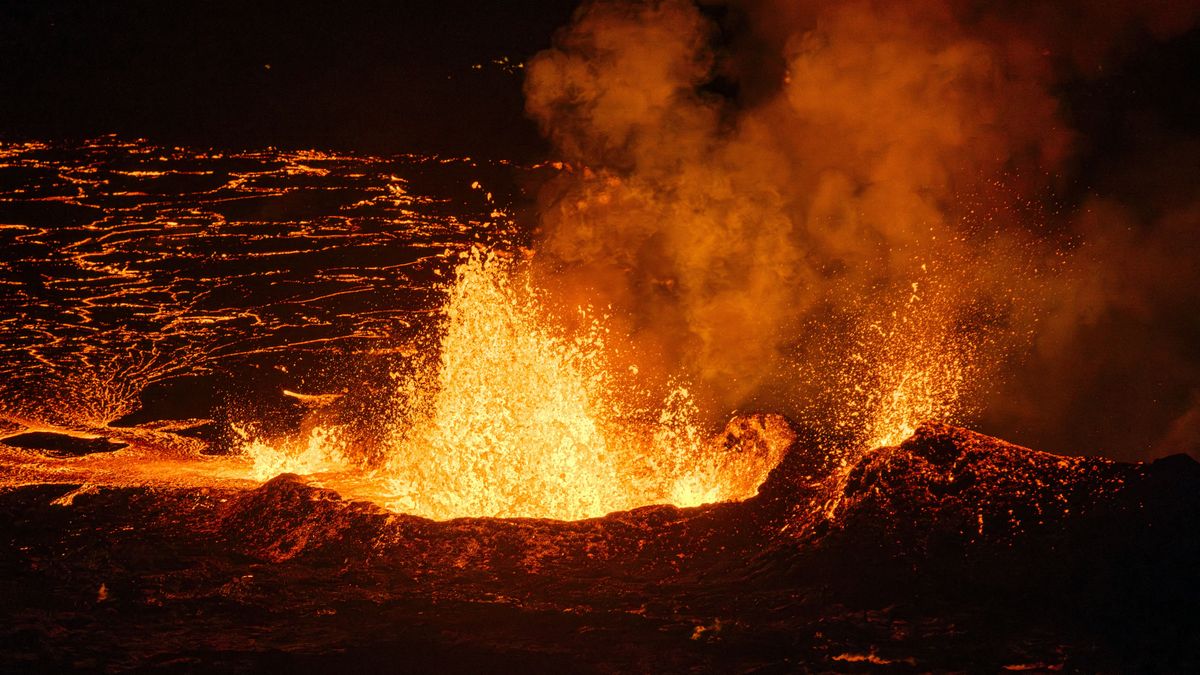Using a device that converts powerful bursts of electricity into rope-like rings of plasma, a team of physicists has engineered solar flares to study the powerful X-rays and energetic particles that stream through the solar system. Caltech physicist Paul Bellan is one of them Experimental equipment has been specially designed to create structures known as coronal rings.
This device consists of gas nozzles, an electromagnet, and electrodes placed in a vacuum chamber. First, the electromagnets are turned on and a magnetic field is generated in the vacuum chamber. Then the gas is injected into the electrode area. A strong electrical discharge occurs through millisecond-scale electrodes, which ionize the gas and turn it into a plasma, which then forms a ring confined by the magnetic field.
Each loop only lasts 10 microseconds and is very small, about 20 cm long and 1 centimeter in diameter. However, high-speed cameras capture every moment of the formation and spread of the ring. This revealed that since plasma is a strong conductor, current flows through the loop, but sometimes the current exceeds the capacity of the loop and breaks. This also happens during solar flares.












































